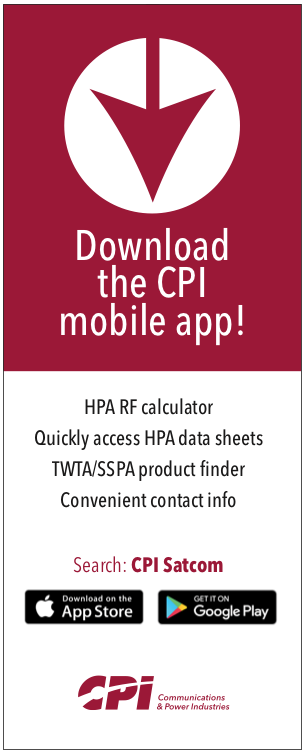Every great technological advancement starts with prototypes and experimental designs that are tested, refined and further developed.
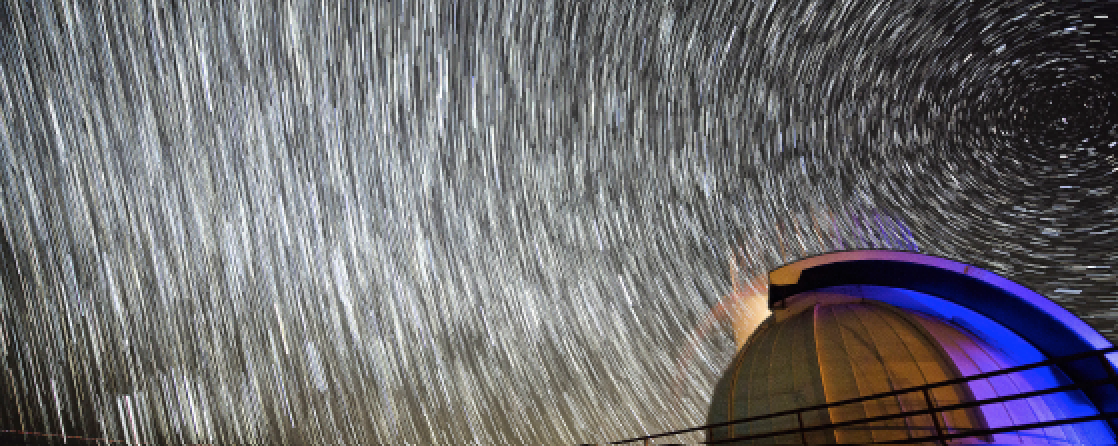
For space technology, the U.S. Department of Defense (DoD) Space Test Program (STP) is one of the oldest and largest facilitators of the kinds of experiments that lead to tomorrow’s innovative space technology.
STP provides mission design, spacecraft acquisition, integration, launch and operations support to facilitate experimental payload access to the space domain.
These experimental payloads demonstrate technologies that accelerate the development of war-winning space capabilities for the joint warfighter.
As the primary agent for science and technology (S&T) payloads on multi-manifest missions flown on U.S. Space Force (USSF) and commercially procured launch vehicles, STP significantly expands U.S. space access and demonstrates cutting-edge technology to rapidly integrate DoD space power into national, joint and international operations.
At the same time, STP answered General John “Jay” Raymond’s (former Chief of Space Operations for the USSF) call for more cooperation by using its unique set of services to forge partnerships with commercial entities and international allies.
A Critical Component of National Security
Overall, STP is a critical component of national security as it is one of the only ways that the DoD can mature advanced technologies in the space domain; if unsuccessful, the US will fall steadily behind our adversaries in the technological competition.
One of the main challenges facing the USSF is how the new service can maintain its technological advantage in the space warfighting domain. The DoD STP is a key component of that answer.
Headquartered at New Mexico’s Kirtland Air Force Base, and managed by the Innovation and Prototyping Acquisition Delta within the USSF Space Systems Command (SSC), STP provides a series of unique services to facilitate access to space for experimental space payloads that exhibit potential military utility.
Created in 1965, the STP is one of the longest continuously running programs in the DoD. In its 57-year history, this organization has executed more than 300 missions. Its recent past demonstrates the strength of experience — in 2021, STP successfully integrated payloads on six separate rocket launches.
STP’s services enable the advancement of scientific knowledge and capability, which is foundational to ensuring continuous U.S. advantage in the space domain.
Competitive Access to Space
The cornerstone for this success is STP’s facilitation of the DoD Space Experiment Review Board (SERB), which evaluates and ranks space-borne experiments from across the DoD that are requesting STP launch support services.
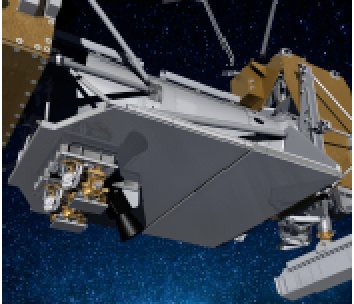
The LCRD payload is attached to the LCRD support
assembly flight (LSAF), depicted in this illustration.
The LSAF serves as the backbone for LCRD’s components.
Attached to the LSAF are a star tracker and two optical
modules (left), which generate the infrared lasers that transmit
data to and from Earth. Other LCRD components, including
the modems that encode data into laser signals, are attached
to the back of the LSAF. Credits: NASA’s Goddard
Space Flight Center
Due to STP’s unique ability to facilitate access to space for multiple experiments, the SERB evaluations are an extremely competitive process.
In many ways, it mirrors a “Shark Tank” format, wherein experimenters brief the evaluators on their payload’s military relevance, mission requirements, technology transition plans and experiment quality.
Once the SERB approves an experiment, STP will then apportion resources to secure space flight opportunities.
This process is critical as it ensures significant cost savings for many of the laboratories and research and development centers that do not have the funding required to procure their own launch capability.
The SERB list currently boasts more than 80 ranked candidate missions and STP is working diligently to get them all into outer space using its core integration services: large launch vehicle integration, small launch vehicle integration, International Space Station (ISS) integration and payload-to-bus integration.
First, STP boasts the ability to acquire a dedicated Atlas, Vulcan, Falcon 9 or Falcon Heavy launch on a four-year cadence.
A recent example is the STP-3 launch on an Atlas 551 and its flagship vehicle, STP Satellite-6 (STP Sat-6).
The STPSat-6 spacecraft hosted nine payloads, including a NASA laser communications mission called the Laser Communications Relay Demonstration (LCRD) and a National Nuclear Security Agency (NNSA) nuclear detection payload, as well as seven DoD SERB-ranked experiments.
The STP-3 mission was one of the most complicated missions ever executed by the USSF.
STP Sat-6 was the primary payload on a co-manifested mission, along with the Long Duration Propulsive ESPA 1 (LDPE-1) mission, which is a modular, ring-shaped vehicle that manifested multiple payloads of its own.
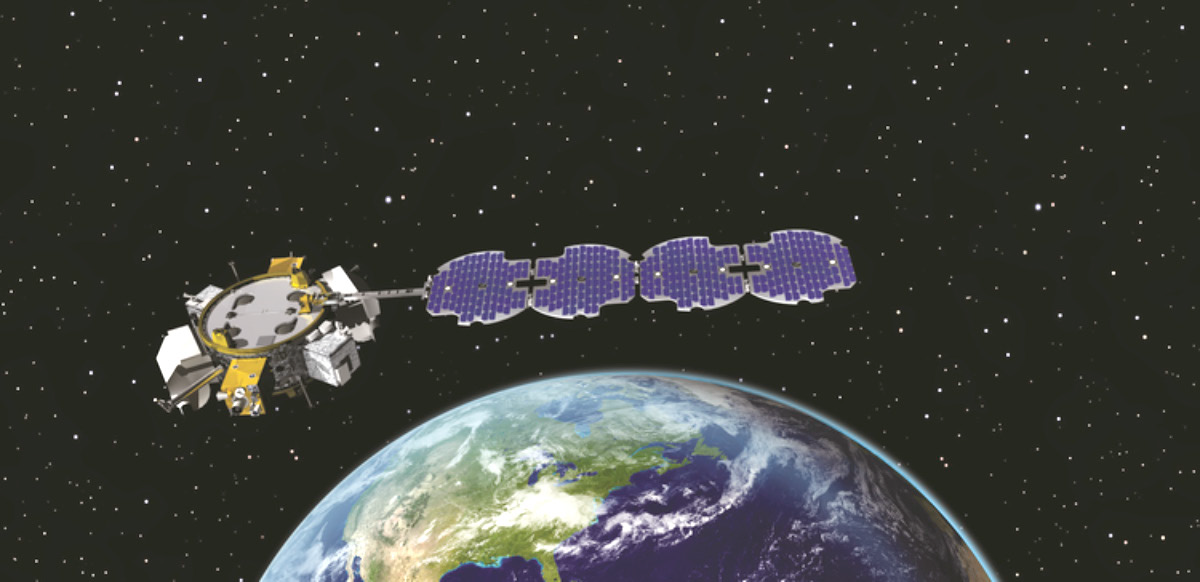
The Long Duration Propulsive ESPA (LDPE)-2 spacecraft
on this mission consisted of an ESPAStar satellite. Image is
courtesy of Northrop Grumman.
Altogether, the STP-3 mission featured two space vehicles and 12 distinct payloads, all with different sponsoring organizations.
In spite of the technical, political and bureaucratic difficulties this presented, the STP team flawlessly ensured that the mission got all assets integrated so that the Atlas launch vehicle could take them into their intended orbits.
Another way that STP manifests payloads is by using their capability to obtain a dedicated series of small launch vehicles every two years, as showcased in the successful STP-S28A mission.
For this mission, the USSF and SSC teamed up with Virgin Orbit National Systems, a US-incorporated, wholly owned subsidiary to Virgin Orbit, to launch multiple DoD satellites from the Mojave Air and Space Port in California.
This mission launched seven, SERB satellites from multiple DoD agencies using the Virgin Orbit National Systems Space “LauncherOne” system.
In addition to getting SERB payloads into space, the STP-S28A mission also demonstrated commercially available solutions for placing USSF satellite capabilities on-orbit from non-traditional locations.
International Cooperation with Allies
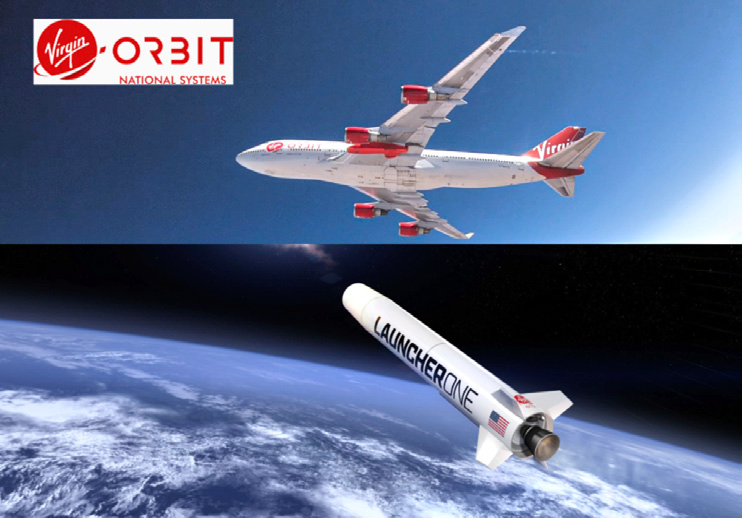
STP is rising to the challenge by realizing the Chief of Space Operations’ International Cooperation initiative through participation in the Responsive Space Capabilities MOU (RSC MOU), an international agreement between 13 countries that supports RDT&E cooperative efforts related to responsive space capabilities.
Specifically, STP is integral to the success of the Responsive Launch and Range Project Arrangement in providing access to space for experiments from participating members. STP chairs the International Space Access Review Board (ISARB), a venue for international partners to gain access to U.S. launches. The ISARB has successfully approved a total of nine experiments for launch since its inception in 2019.
STP is currently sponsoring three experiments from Australia, Germany and the United Kingdom slated to launch in late 2023. This mission will solidify the USSF’s ability to partner with international allies in the research and development arena.
The next element of STP’s ability to enable research & development (R&D) experimentation is the ironclad partnership with NASA’s ISS team at Johnson Space Center (JSC) in Houston, Texas.
STP has a team permanently located on-site at JSC and is designated, per DoD mandate, as the “single manager for all DoD payloads on the ISS, future manned and unmanned NASA launch vehicles…”
The Houston team developed a modular platform that integrates seamlessly into the ISS, enabling multiple experiments that use the orbiting station as their host platform.
Experiments onboard the ISS benefit from substantial subsidies provided by NASA; accordingly, manifesting on the ISS becomes an extremely cost-effective option for many SERB payloads.
Expanding Access to Space in the Future
STP is investing in an organic contract to build standard space vehicles (aka “buses”) for mounting experimental payloads prior to placing them on the rocket.
This initiative, known as the Space Test Experimentation Platform 2.0 (STEP 2.0,) will give STP customers increased flexibility to integrate their payloads onto busses that are specifically tailored to match the STP launch rhythm.
Once on contract, the STEP 2.0 contract will enable STP to reach out to other organizations seeking busses and initiate collaborative partnerships, which will in turn increase the synergy between the DoD’s myriad space agencies.
As the primary agent for S&T payloads across the entire DoD, STP is pivotal to expanding space access and demonstrating next-generation technology.
Further, STP is leading the charge for more cooperation in the space domain by using its multi-faceted suite of services to forge DoD, commercial and international partnerships.
STP is a critical component of national security as it is one of the only ways that the DoD can mature advanced technologies in the space domain, which in turn ensures a future of continued space dominance for the United States and its allies.
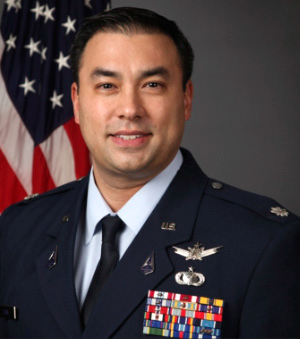
Lt. Col. Jonathan Shea is the current Director of the DoD Space Test Program, and is the first director to come from the USSF. His background includes satellite acquisition, experimental operations, and nuclear maintenance. He deployed in support of OPERATION RESOLUTE SUPPORT and is a graduate of the Air Force’s School of Advanced Air and Space Studies.


